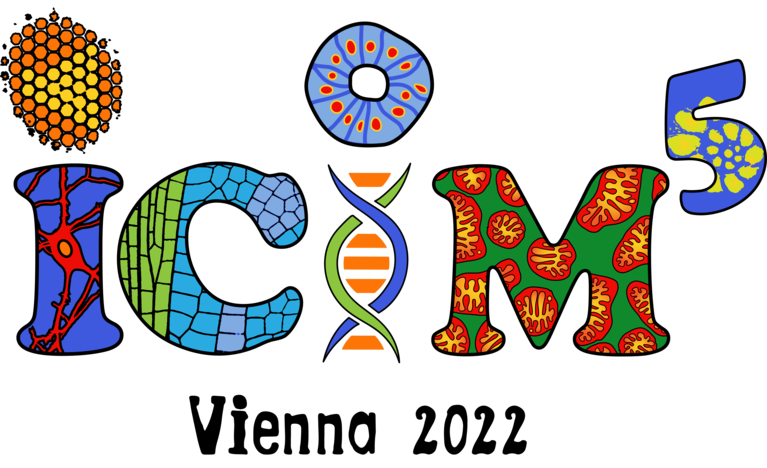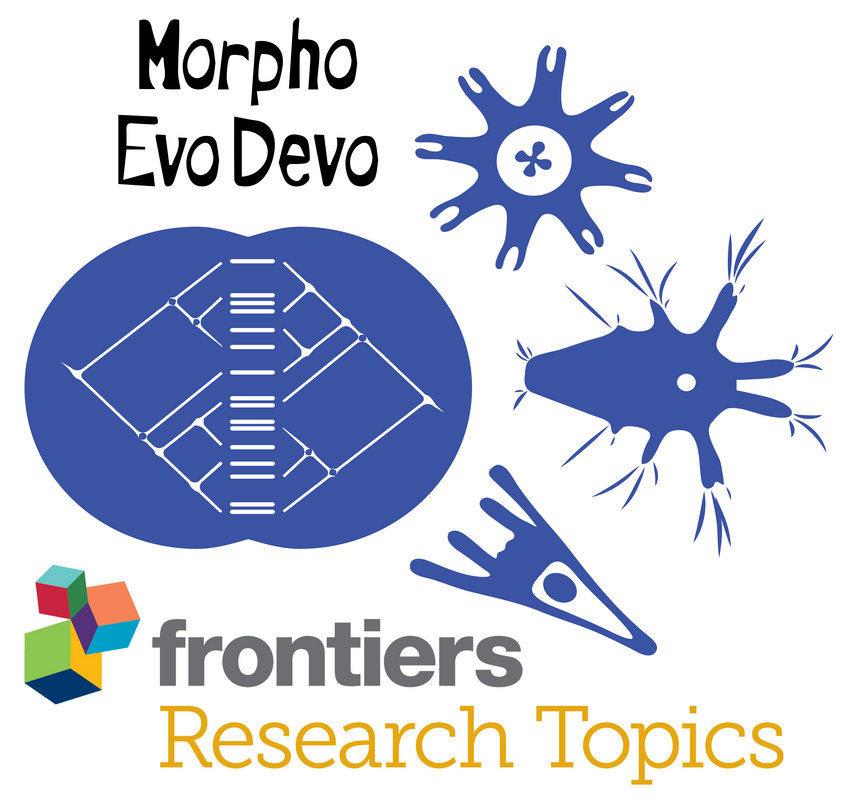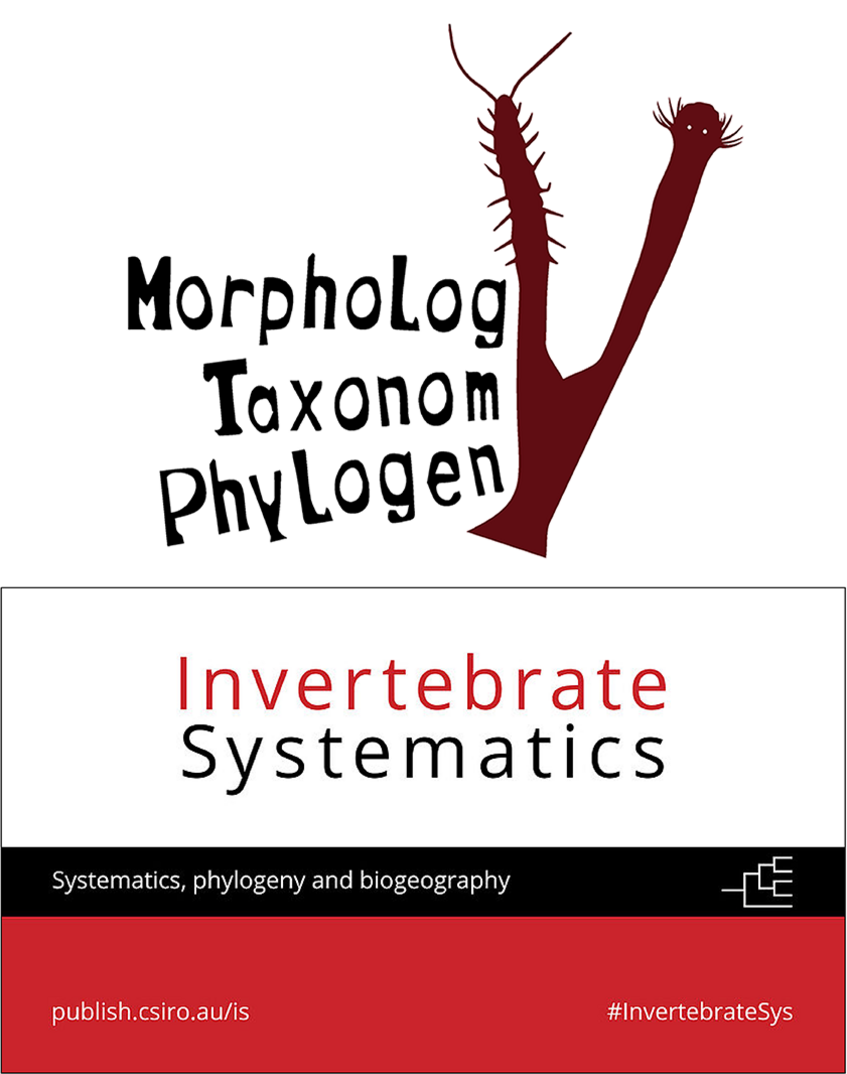MorphoEvoDevo
Organization: Andreas Wanninger & Néva Meyer
Keynote: Néva Meyer
Analyzing animal development in a comparative framework provides a unique window into their evolutionary history. With a long tradition that dates back to famous 19th century zoologists such as Haeckel and Darwin, Evolutionary Developmental Biology is firmly rooted in morphological research. Today’s EvoDevo embraces morphological, molecular, and experimental procedures in order to answer key questions that revolve around the evolution of cell types, organ systems, and entire organisms. This session welcomes contributions that use development as a key approach to better understand the diversity of animal morphology.
Submit your research paper to the dedicated research topic
MorphoEvoDevo: A Multilevel Approach to Elucidate the Evolution of Metazoan Organ Systems
powered by frontiers here
Functional Morphology

Functional Morphology
Organization: Harald Krenn & Oliver Betz
Keynote: Oliver Betz
Studying the relationship between form and function is one of the centre pieces of zoology. Modern techniques provide new avenues of research leading to fascinating insights of form and function. By integrating anatomy, behavioural biology, ecology, evolution and theoretical biology, functional morphology gives new understanding of animal diversity and can link to bionics and engineering perspectives.
Molecular Basis of Morphological Diversity
Organization: Elisabeth Zieger & Oleg Simakov
Keynote: Christina Zakas
Every organism harbors a mosaic of plesiomorphic and apomorphic characters. Unravelling the mechanisms that govern the formation of animal body plan characteristics constitutes one of the key disciplines in biology. This session focuses on genomic features and molecular interactions that underlie the emergence of morphological novelties as well as the fine-tuning of structural properties. In particular, we are looking forward to discussing studies that use multi-level approaches to link genetic with anatomical traits.
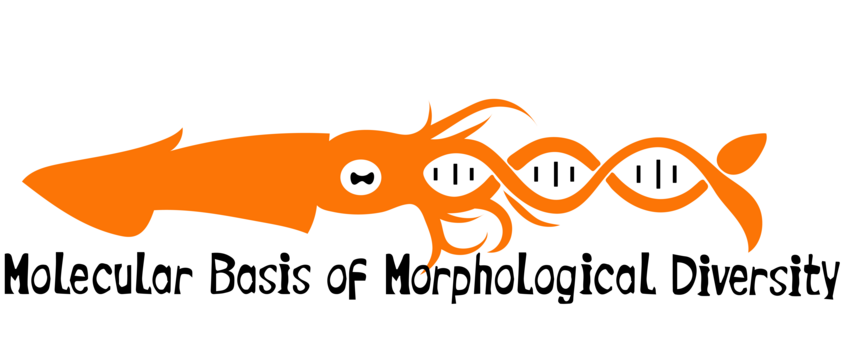
Morphology In Deep Time
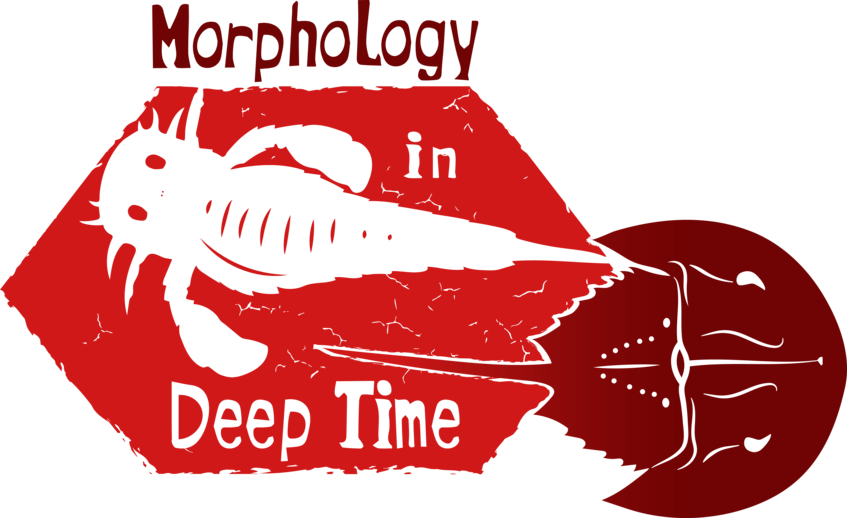
Morphology In Deep Time
Organization: Xiaoya Ma
Keynote: Xiaoya Ma
Presentations in this session will explore the descriptive morphology of animals in deep time. Our understanding of morphology, anatomy, and function of extinct forms is informed by knowledge of living species; but, likewise, former morphological arrangements not found in living taxa also directly inform our understanding of evolutionary relationships among living clades. Increasing integration of data from extinct and extant taxa will shape our views of animals, and the limits of animal evolution.
Morphology, Integrative Taxonomy and Phylogeny
Organization: Andreas Kroh, Elisabeth Haring, Nesrine Akkari, Dominique Zimmermann & Gerhard Steiner
Keynote: Rich Mooi
Morphology forms the basis for every branch of the biological sciences. No matter whether the research subject is deciphering a genome or documenting an organism´s ecology – morphology provides the main tool by which the studied organisms are recognized and classified. When decoupled from morphology biological research is error-prone, as numerous misidentified GenBank entries amply demonstrate. The present session aims to highlight integrative studies that use the best of both worlds: morphology and other branches of the biosciences combined in a phylogenetic context, from phylum level to (sub)species, arriving at an integrative taxonomy which conforms with phylogenetic relationships. Submission of presentations combining morphological data with other datasets to provide an improved understanding of phylogeny is highly welcome.
Senses, Neurons and Behavior

Senses, Neurons and Behavior
Organization: Elisabeth Zieger & Gerhard Steiner
Keynote: Georg Brenneis
The peripheral and central nervous systems are key components of the metazoan “survival kit”. Together they are prerequisites for the reception and processing of environmental cues and stimuli, coordination of movement and complex behavioral repertoires, as well as learning and memory. Despite their corresponding functional roles, invertebrate sensory and nervous systems show a notable amount of morphological and architectural disparity. Thus, the unraveling of sensory and processing pathways and their transformations during metazoan evolution is a challenging and fascinating task. This session will unite and highlight approaches that analyze sensory systems, nervous system architecture and the interface between neuroanatomy, function and behavior.
Technological Advances in Microscopy and Imaging
Organization: Thomas Schwaha & Stephan Handschuh
Keynote: Pavel Tomancak
Microscopic imaging techniques remain the main tools for documentation and analysis of animal morphology. Methodological innovations of the past decades have yielded new possibilities for studying animal morphology and development at various levels of biological organization. This progress enables accurate specimen digitalization and visualization as well as high-throughput imaging. Correlative approaches and new software tools for imaging offer new and exciting possibilities for a holistic analysis of animal probes. This session focuses on recent methodological improvements for the study of all aspects of animal morphology.
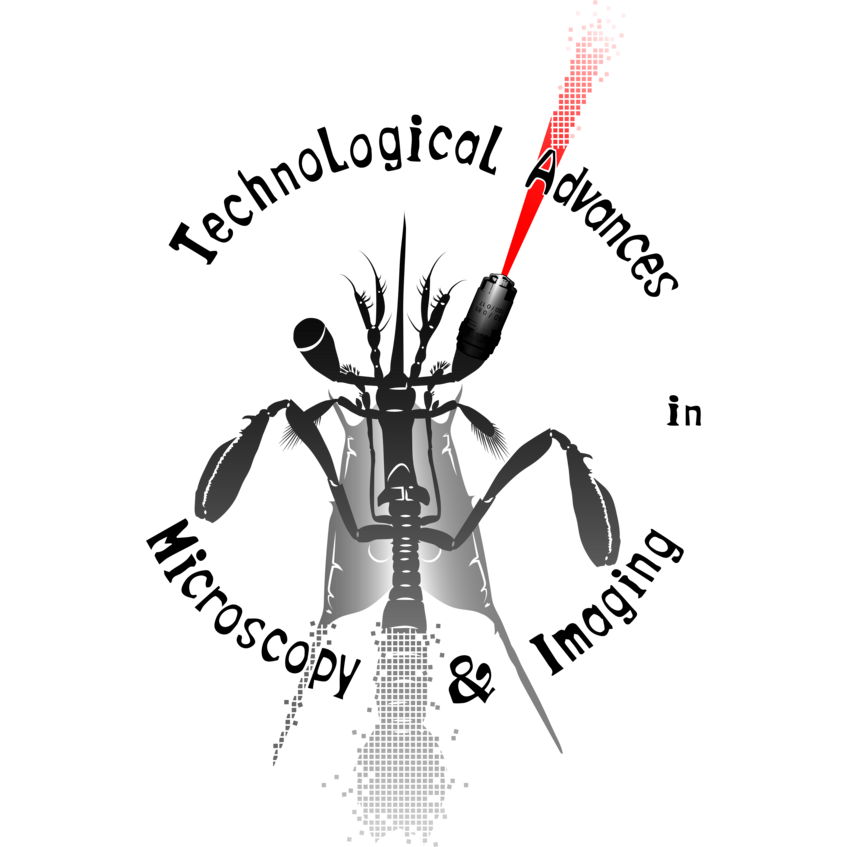
Forum Discussion: Evolution of Multicellularity
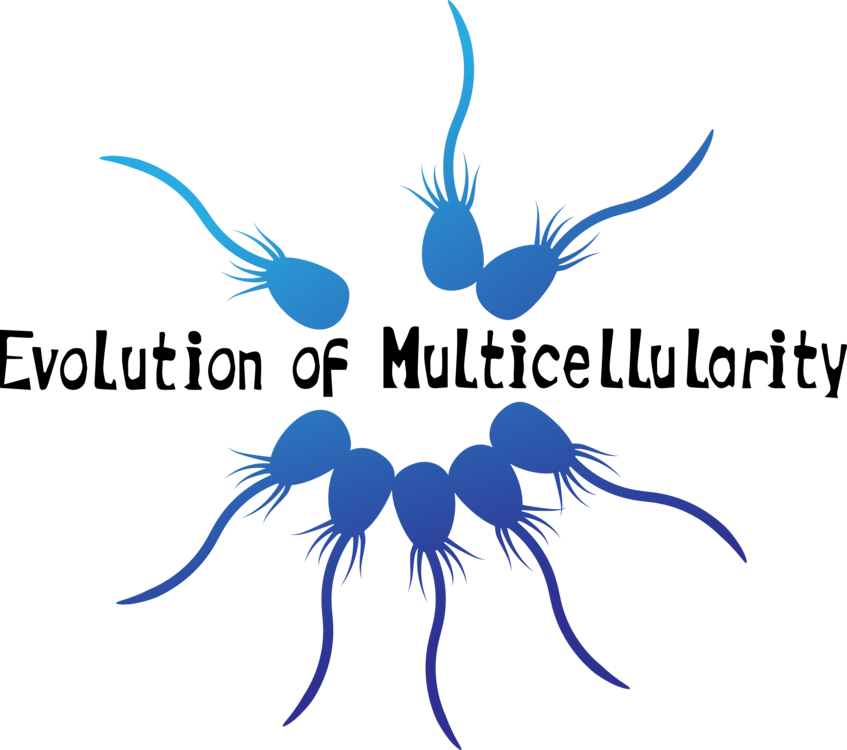
Forum Discussion: Evolution of Multicellularity
Chair: Andreas Schmidt-Rhaesa
Speakers: Pawel Burkhardt, Jordi Paps, Darrin T. Schultz
Although the identity of the earliest extant offshoot within Metazoa remains hotly debated (Porifera-sister versus Ctenophora-sister hypothesis), significant progress concerning the emergence of multicellular animals from their last common protist ancestor has been made over the past few years. This is mainly due to comparative sequence analyses on various levels between metazoan and unicellular taxa as well as a revived interest in the morphology and genomic toolkit of the widely accepted metazoan sister taxon, Choanoflagellata. This Open Forum discusses the recent advances in the quest of uncovering the pathways that have led to the evolution of multicellularity and the rise of Metazoa. To this end, invited talks by three renowned experts in the field will showcase current evolutionary scenarios and are intended to spark vivid discussions on this key topic in biological research.
